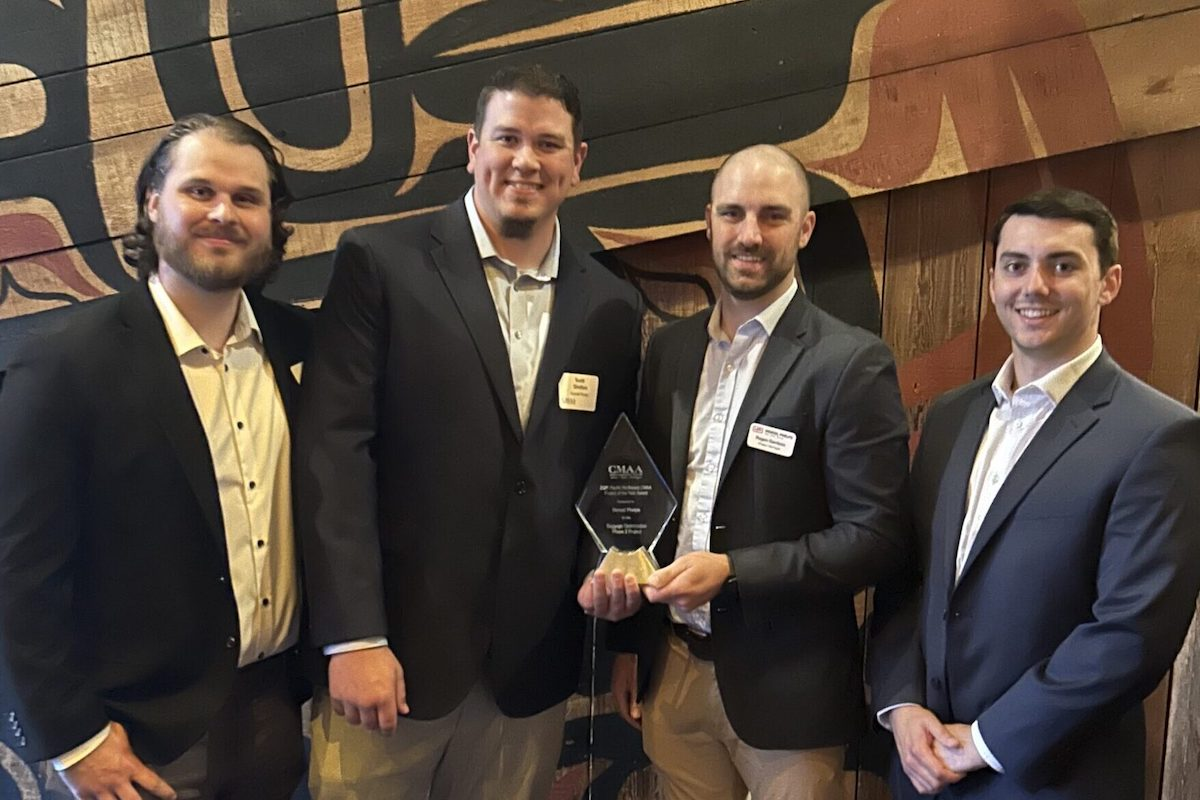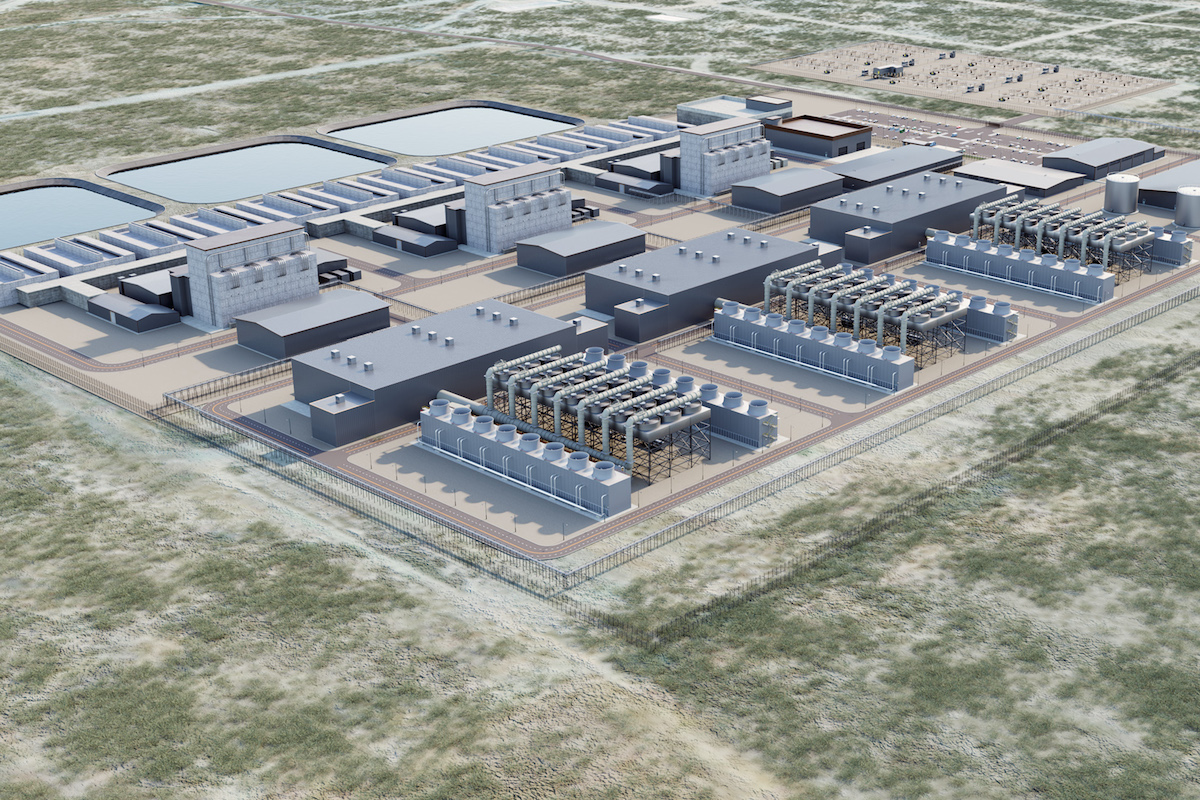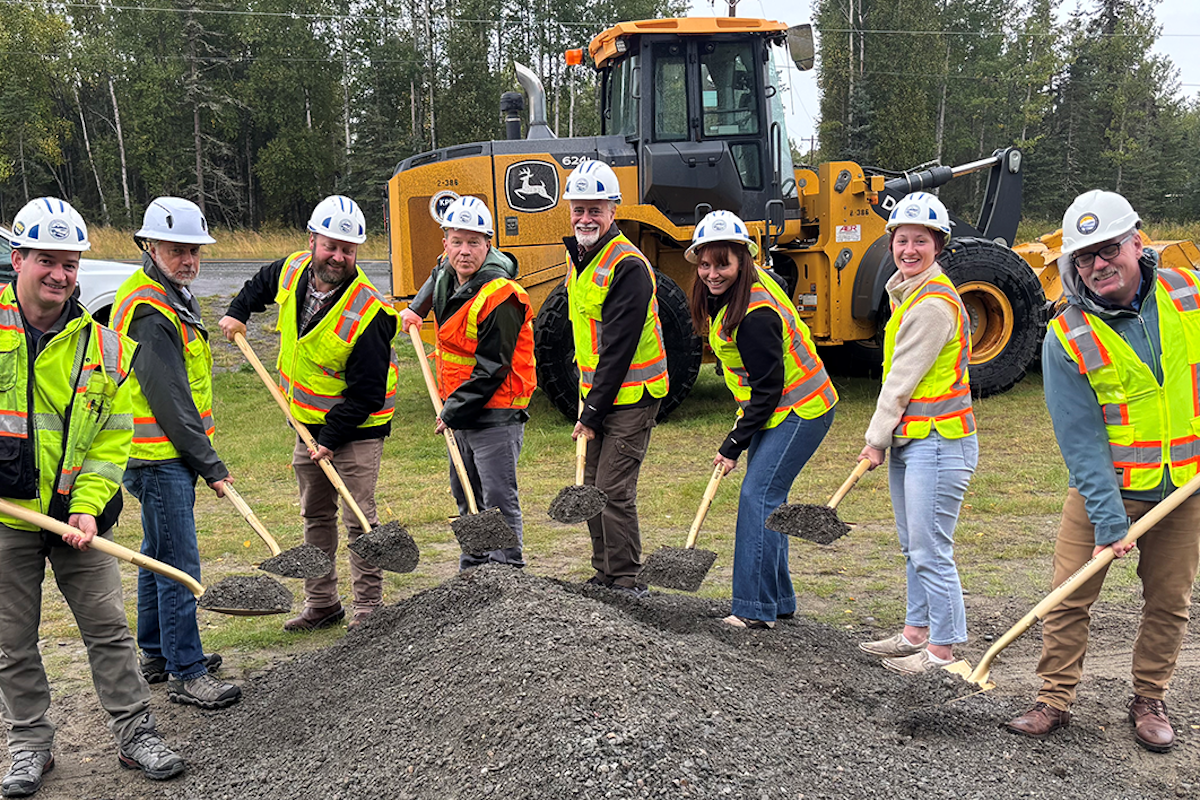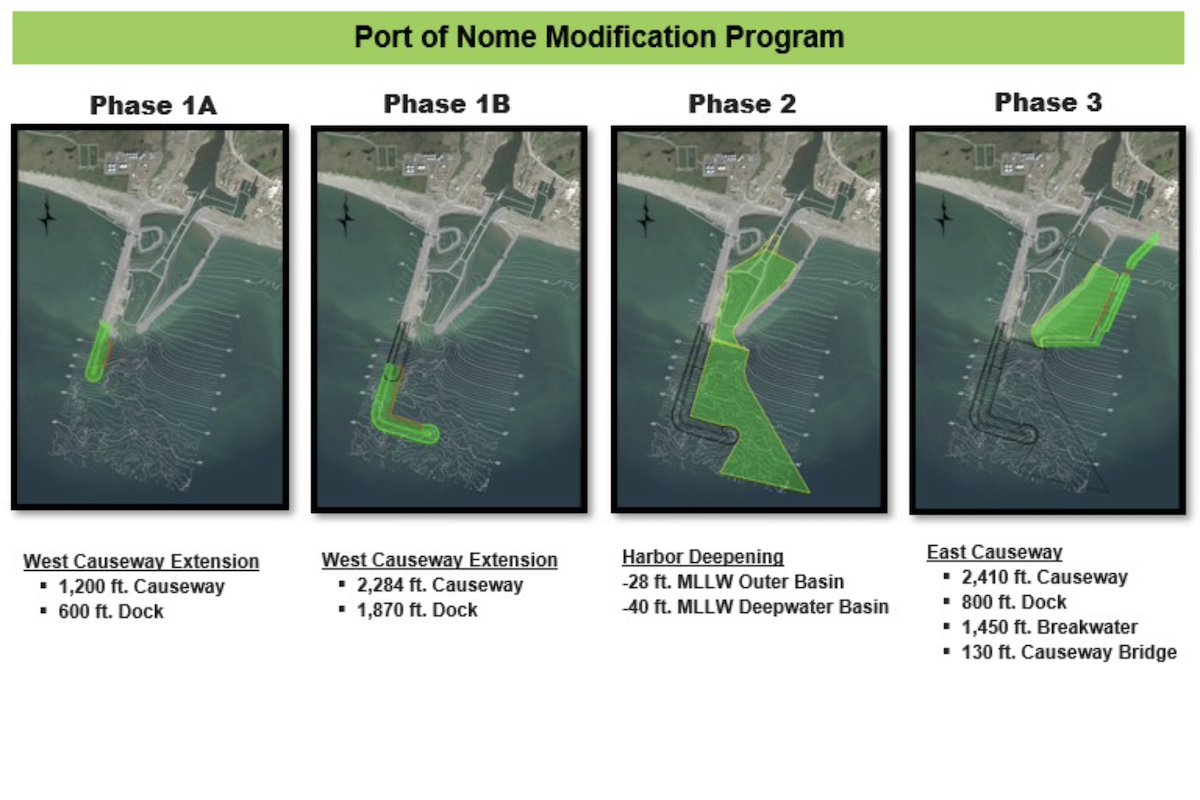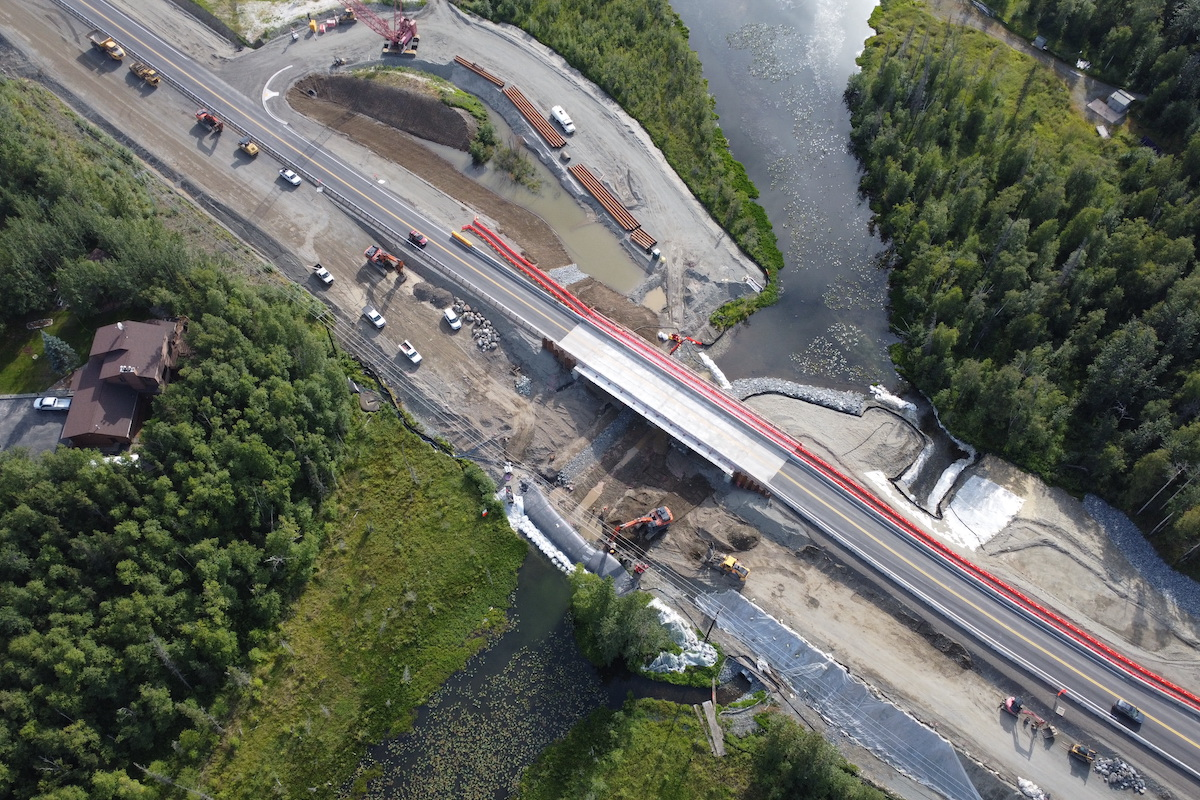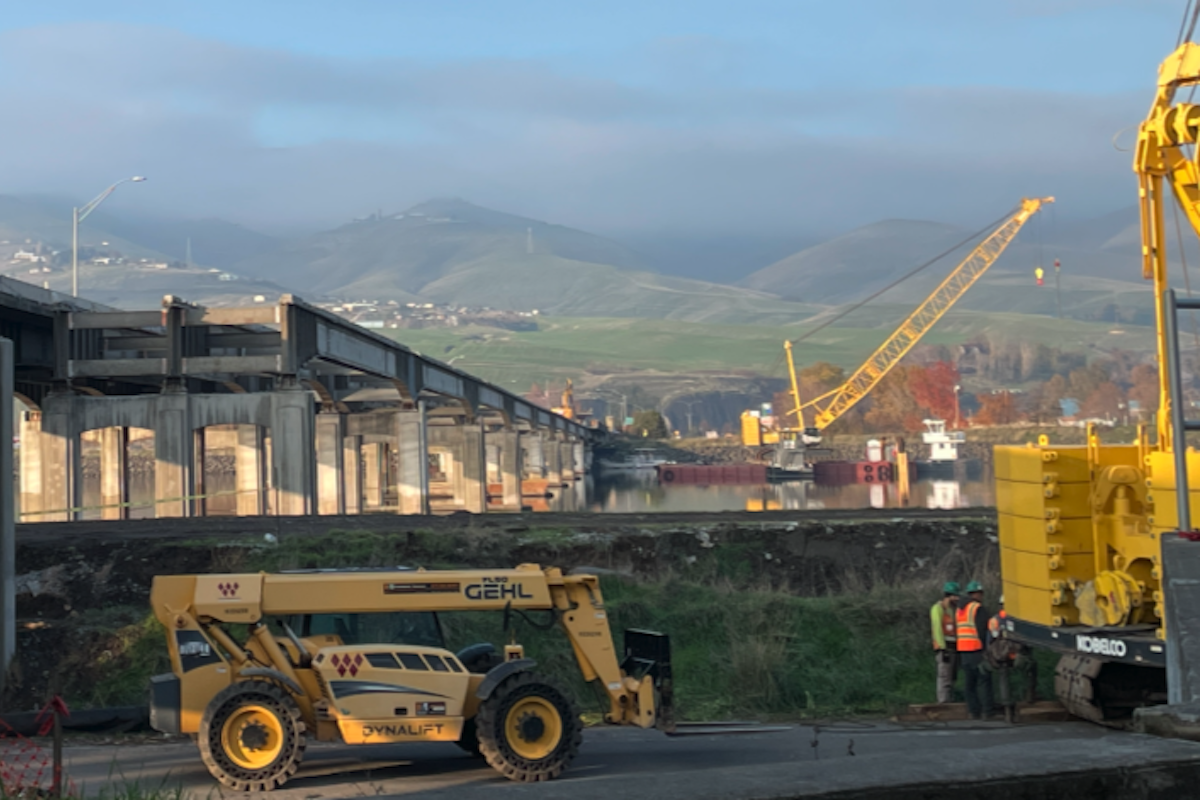The report — produced by the Progressive Policy Institute, the Associated General Contractors of America, and Procore — notes that this funding gap is making it hard for many employers to find qualified workers to hire.
“If the U.S. does not act now to ensure the nation’s workforce is prepared for open job opportunities, more Americans will be unqualified for work and employers will continue to struggle to find talent and remain competitive,” the report notes. “Yet policymakers continue to undervalue the importance of workforce development and instead prioritize investments in degree programs that often aren’t needed to get a good job.”
The report, “Building a Stronger Workforce: Federal Spending on Postsecondary Education and Training,” notes that of the $139.5 billion the federal government spends annually on postsecondary education, only $28.2 billion goes to workforce education and training programs. The other $111.3 billion supports “traditional” degree programs that only 38 percent of Americans complete.
The funding gap is making it hard for employers in fields like construction and manufacturing —which typically require specific training not offered by traditional degree programs — to find enough qualified workers to keep pace with demand.

| Your local Superior dealer |
|---|
| Westate Machinery Co |
The Bureau of Labor Statistics shows the construction industry alone has over 407,000 unfilled positions and that figure is expected to continue growing. Meanwhile, 88 percent of construction firms report having a hard time finding workers to hire.
The new report offers recommendations on how federal policymakers can help address workforce shortages for in-demand industries. That includes increasing federal investments in workforce development by doubling the amount of money for Perkins and other career and technical programs.
The report also recommends new investments in faster and more flexible training programs like Virginia’s FastForward program.
The report urges new incentives to encourage employer-centered workforce education and training partnerships and cites several other promising state-based workforce development programs in Indiana, Pennsylvania, and Colorado.
The report was released during an event at the U.S. Capitol complex that featured comments from congressional officials, the report’s authors, a construction general contractor, and a community college administrator. The panelists talked about the challenges posed by the current federal funding levels and urged policymakers to help.
The full report is available at agc.org.
Photos courtesy of James Kim Photography + PC Construction.















